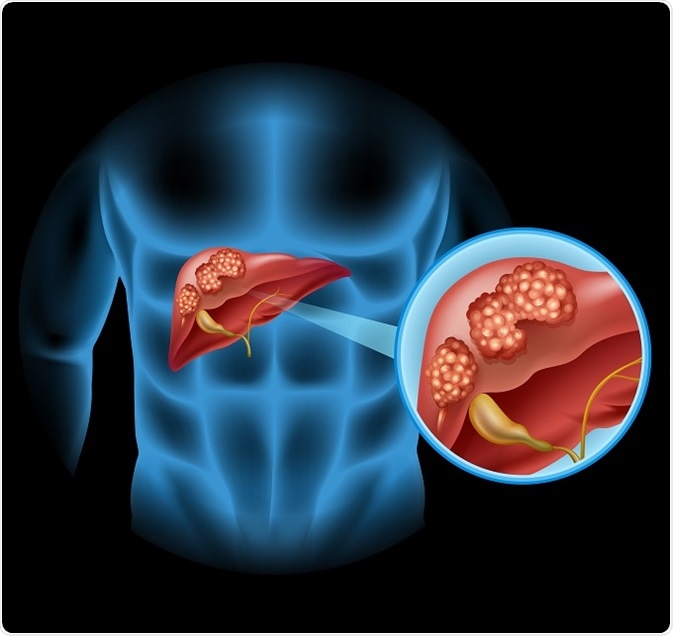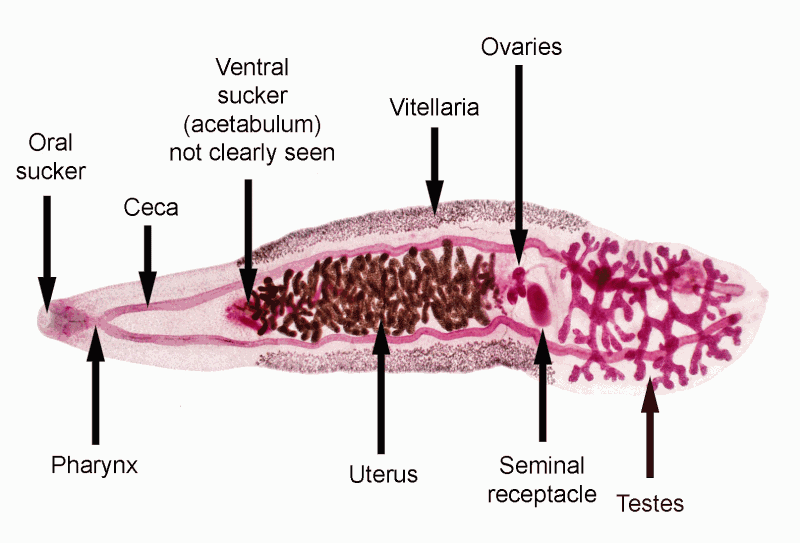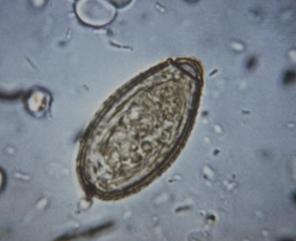Parasites Taking a Toll on Unsuspecting Veterans
Recently, cases of cholangiocarcinoma (bile duct cancer) and hepatic pain in the United States have been described among Vietnam War veterans. The cause is Clonorchis sinensis, one of the most prevalent parasites in the world which is still transmitted in many regions of Asia. It is also known as the liver fluke worm. The fluke worm, Opisthorchis viverrini is another potential source of infection and has the same lifecycle as C. sinensis with habitat overlap, according to the Centers for Disease Control and Prevention (CDC).


 Up to 4,000 eggs can be produced in a day; the high density of eggs and the prevalence of fish in the diets of people living in these areas are part of what makes the parasite endemic. Over time, the liver and bile duct tissues can become inflamed or obstructed, and liver cancer or cell death can occur.
Up to 4,000 eggs can be produced in a day; the high density of eggs and the prevalence of fish in the diets of people living in these areas are part of what makes the parasite endemic. Over time, the liver and bile duct tissues can become inflamed or obstructed, and liver cancer or cell death can occur.Meet the author

SENIOR TECHNICAL SERVICES AND R&D MANAGER at HARDY DIAGNOSTICS
Anna Klavins, RAC-Devices, B.S Cellular and Molecular Biology
Anna Klavins is the Senior Technical Services and R&D Manager at Hardy Diagnostics where she oversees the Research and Development, Design and Development, Quality Control, Technical Support, and Performance Studies teams. She earned a Molecular and Cellular Biology B.S. degree from Cal Poly San Luis Obispo while playing for the Division I NCAA women’s tennis team. Since joining Hardy Diagnostics in mid-2016, she has authored sixteen FDA 510(k) submissions for class II microbiology in vitro diagnostic devices. She has published in the Journal of Clinical Microbiology and the Journal of AOAC INTERNATIONAL, as well as presents in vitro diagnostic device performance evaluation results annually at global scientific conferences such as ASM Microbe, the AOAC Annual Meeting, and the International Association of Food Protection annual meeting. She is an advisor to the Joint CLSI-EUCAST Working Group and has earned the RAC-Devices certification.







